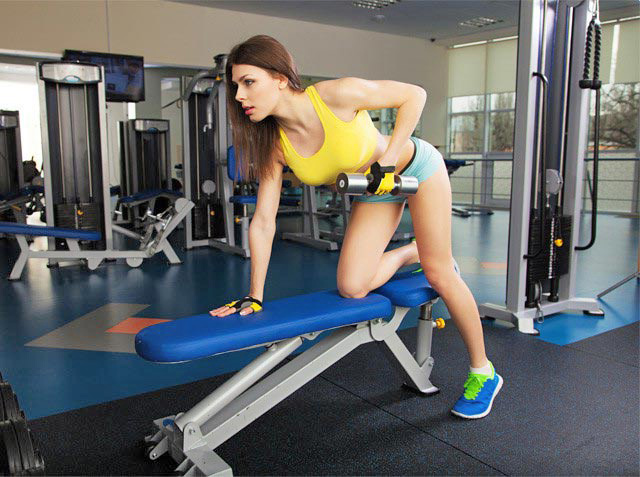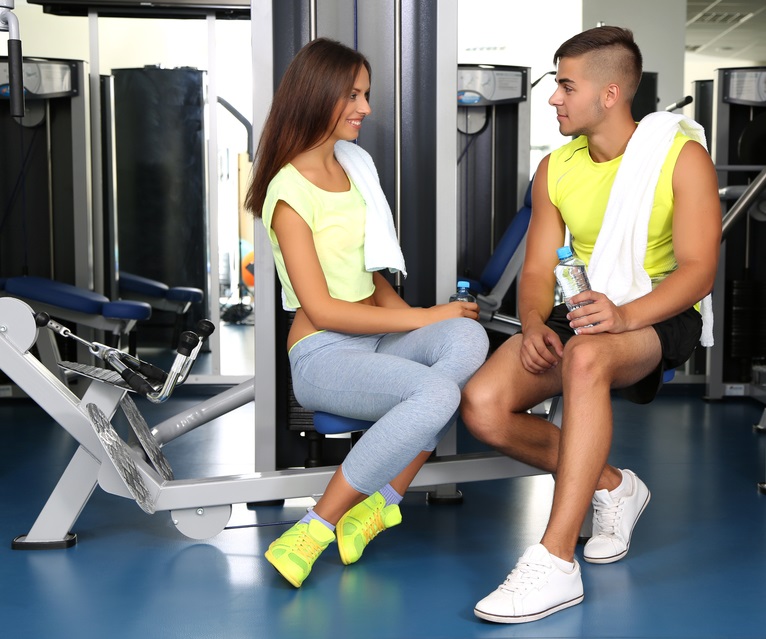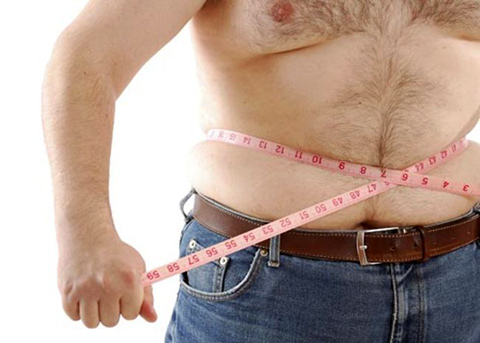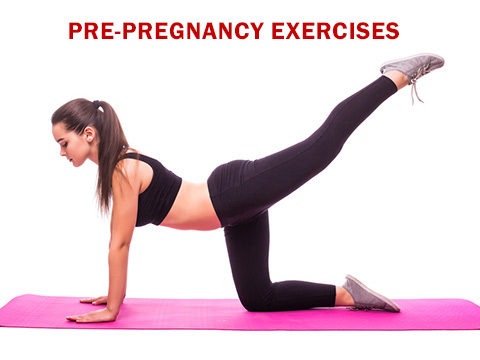Strength training for beginners
 Simply put, strength training makes your muscles stronger by breaking them down. You break them down by making them work. The next time you work those same muscles they will begin to adapt to handle the work you are giving them. Think of it as a local widget company that gets a big order: In order to fulfill the order it needs to expand, so that the next time it will be ready. (For the record, muscles actually contract they do not expand).
Simply put, strength training makes your muscles stronger by breaking them down. You break them down by making them work. The next time you work those same muscles they will begin to adapt to handle the work you are giving them. Think of it as a local widget company that gets a big order: In order to fulfill the order it needs to expand, so that the next time it will be ready. (For the record, muscles actually contract they do not expand).
Making your muscles work so that they can grow requires some resistance. Resistance can come from weight, like a dumbbell, or a big rubber band, like those found on some all-in-one home gyms. It can also come from gravity and your own body weight – like push-ups and leg lifts.
Benefits of strength training
Strength training helps your body burn calories – even when you’re not pumping iron. Every pound of muscle on your body burns up to 50 calories per day – the more muscle you have, the more calories you’ll burn. Beginners can gain three to five pounds of muscle and 25 to 45 percent endurance after 10 to 12 weeks of working out. Remember, muscle weighs more than fat.
Lifting weights can also help increase your bone density, which keeps your bones strong and healthy. After a few months, muscle myoproteins, bone osteoproteins and mineral content all increase significantly. These contribute to bone strength and density and help in the fight against osteoporosis and brittle bones.
You might think working out will tire you, but it actually does the opposite. A good weight workout increases your energy level and keeps you going through the toughest of days. Weight training can also have a direct impact on your vanity. Shaping and toning your muscles help you look your best.
Strength training won’t just make you stronger and give you more energy, it will also help you excel at other sports. Whether you strength train by lifting weights like the Tampa Bay Buccaneers’ Warren Sapp, or you do it with just your body, like NFL great Herschel Walker (he did most of his strength training for his entire career without lifting weights.), virtually every serious amateur and professional athlete does it. It’s simple: If, for example, you play basketball, the stronger your arms are, the more often loose balls will end up in your hands. The stronger your calves are, the higher you’ll jump. Strength training can even be a sport in itself – bodybuilding.
If you haven’t exercised for some time, the first thing you should do is see your doctor. Some injuries or conditions may affect what you should and shouldn’t do with weights, but few, if any, will keep you from strength training altogether.

Training at home or training in the gym
There are literally thousands of different ways to train. The great thing about all these options is that there will always be something new to try, which makes it difficult to get bored. What you do can depend largely on the equipment you have access to, which begs the question: is it better to join a gym or work out at home?
The short answer is, it depends. Working out at a health club or in your home both have advantages and disadvantages. A good gym has a wide variety of free weights (barbells and dumbbells), weight machines and other equipment. Some even have swimming pools and squash courts. So gyms can provide you with lots of good choices. You can even hire a personal trainer at a gym who can help you identify your goals, design a strength-training program and see that you stick to it. Some gyms are more reasonable than they used to be, but many are still expensive and aren’t always convenient – especially if you live in a small town or isolated area. Some are open 24 hours a day, but most close sooner or later, which can be a hassle. They can also get pretty crowded at peak hours, usually just before and after the working day.
Working out at home is convenient. You can exercise while waiting for the dryer to finish, listen to whatever music or watch whatever TV show you want, anytime, day or night. You’ll never have to wait for equipment. If you’re self-conscious, no one has to see you. The major drawbacks: You’re limited to whatever equipment you have around the house or are willing to buy, and home has a lot of distractions.
Our suggestion for novice weight lifters: Start by working out at home, spending as little money as possible – a set of dumbbells and maybe a resistance band (you can also use household items like sacks of flour and gallon jugs). Or take a class at a local community college: you can learn the ropes and get a sense of what a gym has to offer with less expense and no long-term commitments. As you progress, you can decide whether to invest in a gym membership or home gym – or neither. Many gyms are well worth the cost. Before joining a gym, get a tour of the facility, ask lots of questions and make sure it’s clean and safe.
Equipment and gear
Other than a source of resistance (weights, a resistance band, etc.), you really don’t need anything in terms of equipment. Most lifters, however, make use of:
- Gloves. Weight-lifting gloves have padded palms and generally open fingers – much like cycling gloves (which usually work just as well for strength training). They help prevent calluses and provide a more comfortable grip on barbells and dumbbells.
- Towel. You’ll probably sweat at a gym, so use a towel to wipe down benches after you use them (and before, if necessary). Many gyms charge a small fee for towels: Bring one from home if you don’t want to pay a fee.
- Water. Staying hydrated helps prevent the small tears in muscles that can lead to injury. If carrying around a bottle of water means you’ll drink more, that’s exactly what you should do.
What to wear
Making a fashion statement at the gym shouldn’t be a priority. Wear something you feel comfortable in, and make sure your clothing gives you freedom to move. Many people prefer wearing tank tops when working out their upper bodies because tank tops provide a higher freedom of arm movement.

Other accessories
Sooner or later, you’ll probably see someone wearing a weight belt – a wide, leather belt designed to support the lower back. Unless you’re working with extremely heavy weights (and as a beginner, you shouldn’t be) you don’t need a weight belt. They encourage bad lifting habits and injury, anyway.
The same goes for wrist wraps. Experienced lifters use them when they want to fatigue their back muscles more than their forearm strength will allow. You, however, need all the forearm strength you can get. You don’t need wraps – and you won’t for quite some time, if ever.
Powder is another thing you’ve probably seen weightlifters use on their hands. If your gym allows it, powder on your hands can help give you a better feel for free weights, but it is very messy, and many workout rooms don’t want it around. Powder is okay to use at home, as long as have a place that you don’t mind powdering.
Daily strength-training log is a good thing to have, especially for the inexperienced. It makes it easy to track your progress. Record the exercises you did, the weight you lifted, number of repetitions and how many sets.






